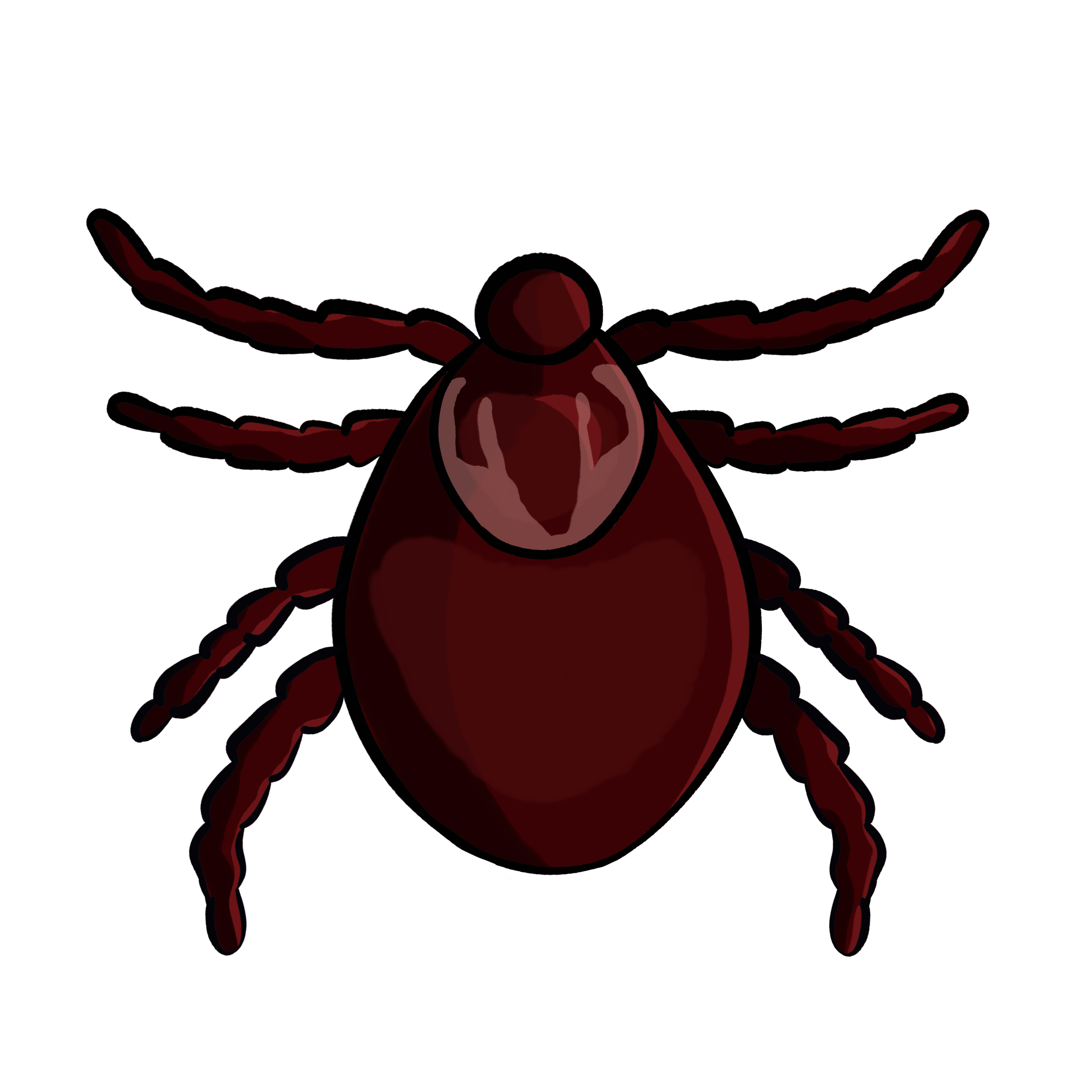HUMANS OF TYSON 2021
Solny Adalsteinsson
(she/her)
Tyson Staff Scientist
PI Tick and Wildlife Ecology Team
We met when I tagged along for the St. Louis Public Radio field interview. It was super cool to see you tick trapping. Is that typically what a day looks like for you?
No, the days are super variable! We do tick-borne disease ecology research. Tomorrow and the next day, we're going to be trapping at about 100 locations across Tyson, using that same cloth method with the dry ice in the middle. That's for one project, but I also work on other research. In a normal, non-COVID summer, we'd also be catching birds and looking at tick burdens on birds and looking for tick-borne pathogens that birds might be carrying. Then, as part of my staff scientist role, I get to do some urban ecology work and some wildlife monitoring work around Tyson, with Beth, Anahi, and Sasha. Sometimes we're setting up cameras around Tyson to look for wildlife. We also have audio recorders that we use to study bats, and in the spring and fall, we're usually doing amphibian breeding surveys at the ponds. I'm probably forgetting some, there's a whole lot of different projects, so depending on the time of year every day is different!
As dry ice sublimates, CO2 is released into the air, attracting ticks to the ground cloth.
Do you think hope appears in the daily work that you do? And if so, can you describe it to me?
Yes, I think it does. I think that is one of the great parts of working with students. It's a real privilege as a mentor to be able to be in this position where I can have an impact on the next generation, teaching and mentoring and just interacting with young folks in research. The conversations that I've had with students make me really hopeful for the future. Even when teaching One Health, we get into some pretty heavy topics – the scale of some of these problems is enormous. And it can make you despair and feel a little bit depressed. But being able to work with the students, hearing their views and seeing how they learn and come up with new ways to tackle old problems is really inspiring.
I read a study about how researchers in Missouri are asking everyday people to send in ticks via mail. Are you hopeful in a similar way about what people call ‘citizen science’? Do you view it as a new future for science?
Although I am not directly involved in that particular experiment, I think it's great. It's something we have been thinking about in my lab group quite a bit, these last few years. We often talk about it as ‘community science,’ to take away some strings attached to the term: we don't want folks who maybe don't have U.S. citizenship status to feel in any way excluded. I'm really encouraged by the movement in community science, but I think we still have a long way to go since access to it is still really variable across communities. We can do a better job at including more people. But I think approaches like this tick project are a great first step towards getting the public more engaged in science and having a greater understanding of how science operates.
Solny leads the Tick & Wildlife Ecology team and is a principal investigator for the St. Louis Wildlife Project. Learn more about prescribed fire and tick-borne disease ecology research here.



